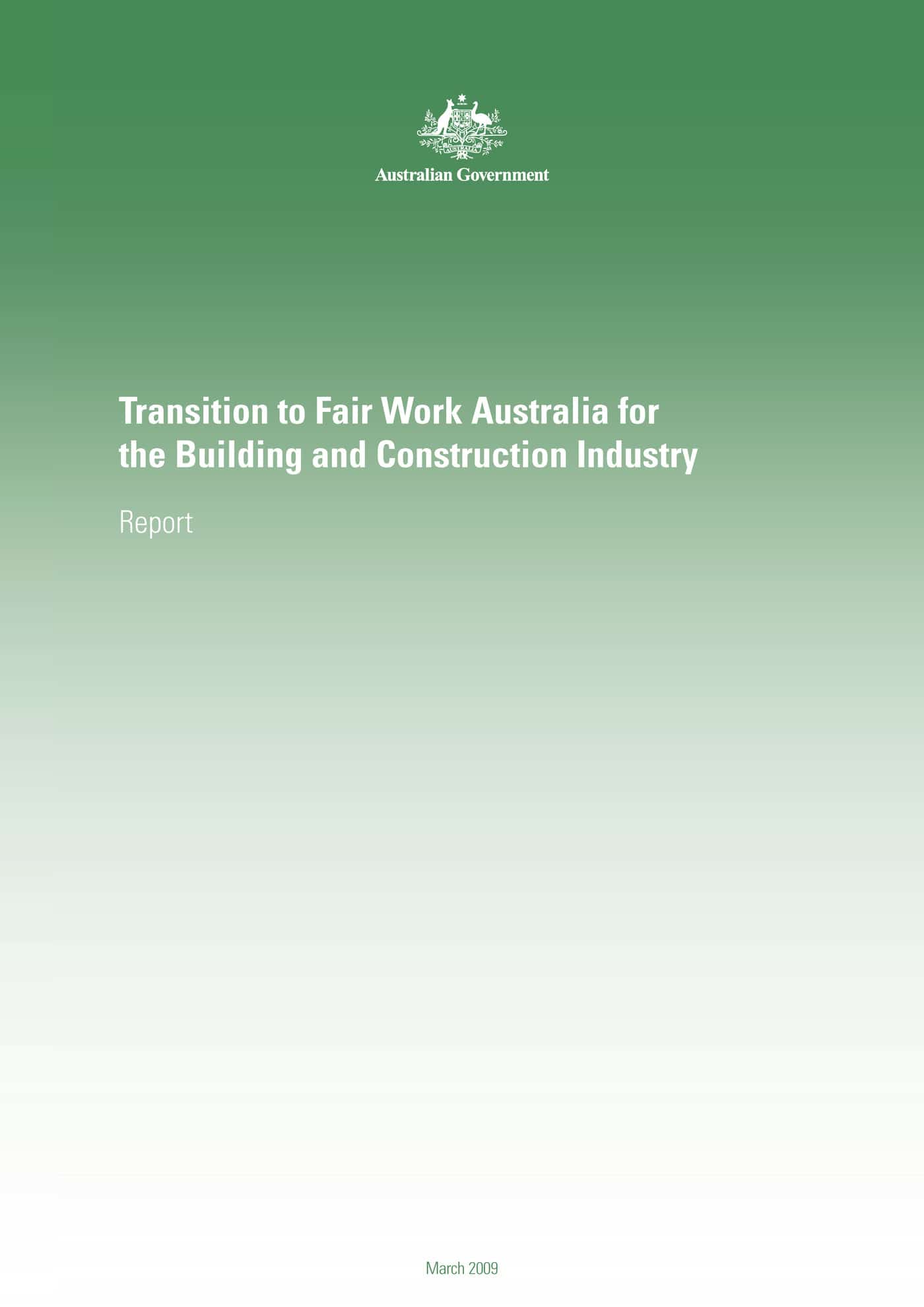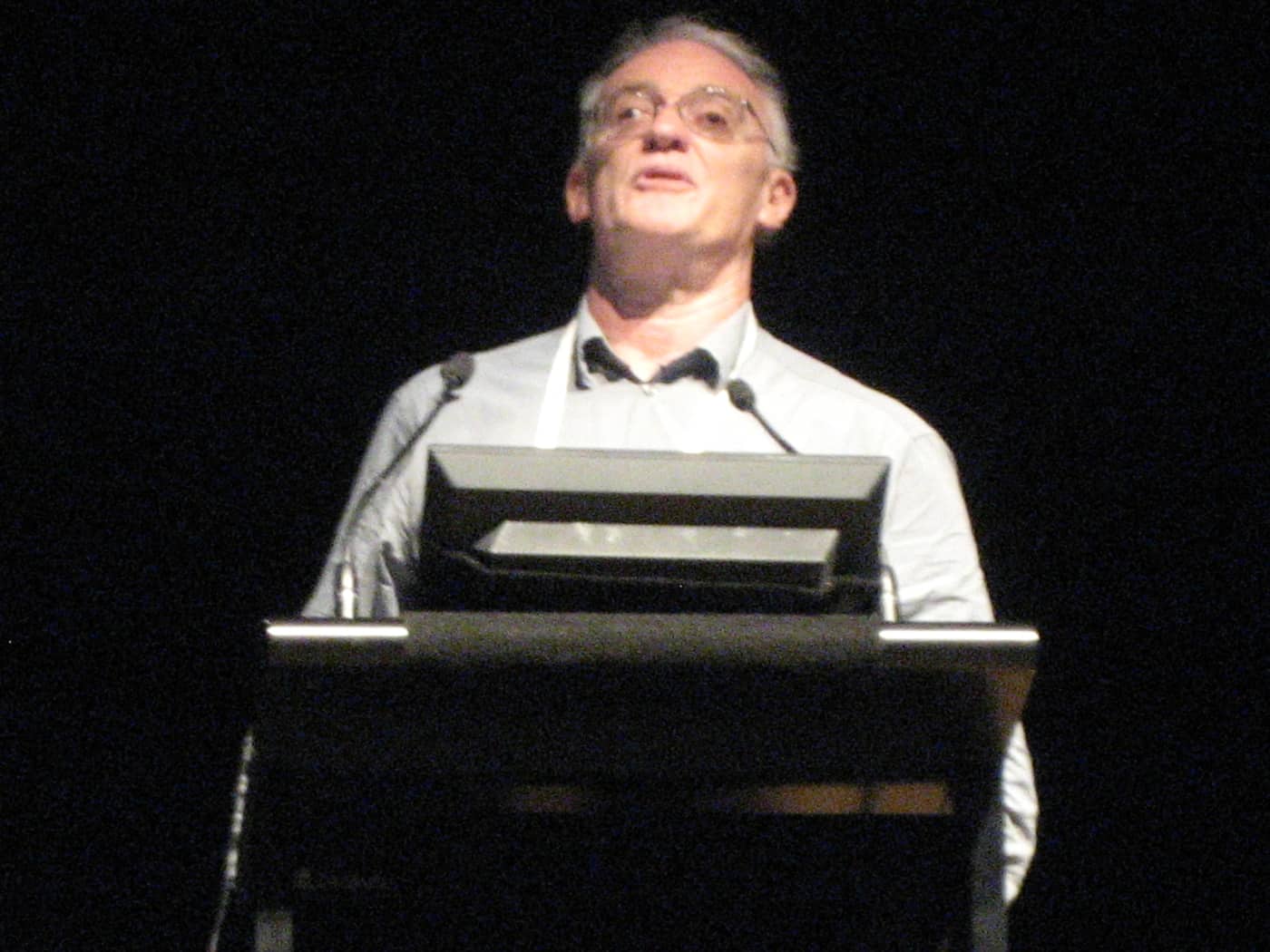Dear Readers
It is fairly clear that I write for a living. Recently there have been several cases of bloggers and websites using my postings without permission. This used to be called stealing.
I frequently share my work with magazines, websites and others, if they ask first and tell me why they want it.
If you like what you read and want to tell your colleagues, that’s great. It’s even better if you commission work from me. But please ask for reuse of my articles. Thieves never get permission.

 It should be stated here that SafetyAtWorkBlog does not support the ABCC. The Commission is a travesty and a political construct of the conservative side of politics. That the Rudd Labor government has allowed the Commission to persist is atrocious. However, the ABCC was established because of the perception that the Australian building and construction industry was corrupt, regardless of the absence of evidence through the Cole Royal Commission. Has the construction unions addressed this perception? No.
It should be stated here that SafetyAtWorkBlog does not support the ABCC. The Commission is a travesty and a political construct of the conservative side of politics. That the Rudd Labor government has allowed the Commission to persist is atrocious. However, the ABCC was established because of the perception that the Australian building and construction industry was corrupt, regardless of the absence of evidence through the Cole Royal Commission. Has the construction unions addressed this perception? No.